This article was medically reviewed by Theodore Leng, MD. Dr. Leng is a board certified Ophthalmologist and Vitreoretinal Surgeon and an Assistant Professor of Ophthalmology at Stanford University. He completed his MD and Vitreoretinal Surgical Fellowship at Stanford University in 2010. Dr. Leng is a Fellow of the American Academy of Ophthalmology and the American College of Surgeons. He is also a member of the Association for Research in Vision and Ophthalmology, the Retina Society, the Macula Society, the Vit-Buckle Society, as well as the American Society of Retina Specialists. He received the Honor Award by the American Society of Retina Specialists in 2019.
There are 13 references cited in this article, which can be found at the bottom of the page.
wikiHow marks an article as reader-approved once it receives enough positive feedback. In this case, 82% of readers who voted found the article helpful, earning it our reader-approved status.
This article has been viewed 524,799 times.
Eye pain can be an annoying and troublesome problem. Most of the time the problem can be treated quickly at home with simple, general treatments; however, in some cases, eye pain may be related to another condition, such as eyestrain, infection or allergies, and require more targeted treatments. When in doubt about how you can make your eyes stop hurting, consult your primary care physician or eye specialist, such as an optometrist or ophthalmologist.
Steps
Treating Eye Pain in General
-
1Flush your eyes out with eyewash. If you have not already done so, rinse your eyes out with a commercial eyewash or water if that's what you have on hand. f the problem is as a result of a contaminant such as a piece of dirt, this may be enough to solve the problem. Make sure the water and/or solution is at a temperature of between 60 °F (15.6 °C) and 100°F. If using water, use sterile water or bottled water. However, precautions should be taken to ensure that bacteria, other contaminants, or irritants are not introduced to the eyes, which are quite vulnerable to damage and infection.[1]
- If you need to wash your eye because it came into contact with a contaminant, call poison control (800) 222-1222 and seek medical attention immediately in the case of a chemical burn or if another contaminant contacts your eye. You will be instructed as to whether you should wash your eye.[2]
- Note the following guidelines for eye washing:
- For mildly irritating chemicals, like hand soap or shampoo, rinse for five minutes.
- For moderate-to-severe irritants, like hot peppers, rinse for at least 20 minutes.
- For non-penetrating corrosives such as acids (like battery acid), rinse for 20 minutes. Call poison control and seek medical attention.
- For penetrating corrosives such as alkalis (like bleach or drain cleaner), rinse for at least 60 minutes. Call poison control and seek medical attention.
-
2Try using over-the-counter eye drops. These are designed to remove itchiness and redness and relieve dryness in the eyes by replacing the layer of tear film that helps keep eyes moist and tears spread evenly throughout surface of eye. Artificial tear drops are available over the counter and in a wide assortment of brands. Trial and error or consultation with your doctor is usually the only way to find the best brand of artificial tears for your particular eyes. In some cases, a combination of a few brands may be even be necessary. In case of chronic dry eyes, artificial tears must be used even if the eyes are symptom free. Directions vary from brand to brand so follow the instructions on the label.[3] [4]
- Artificial tears can only provide supplemental care and not a substitute for natural tears.These are especially useful for anyone suffering from dry eyes.
- Preservative free drops reduce the risk of allergy or sensitivity of already dry eyes from further irritation.
- Over the counter eye drops are administered about four to six times daily or as needed.
Advertisement -
3Rest your eyes. Give your eyes a break and some much-needed by avoiding sources of large amounts of light. You can do this either by sitting in a dark room or by covering your eyes with an eye mask that some use to help sleep. Even an hour or two of darkness will greatly decrease the pain from overexposure to light.[5]
- If your lifestyle allows it, try to avoid using computer screens or televisions for at least a day. Eye strain from consistently working on a computer, or watching TV can cause dryness and itchiness in the eyes. Most people will feel strain after three to four hours of sustained screen time. See Method 2 for more proactive tips.
-
4Use a compress. Cold compresses can be an effective way to get fast relief from eye pain. because it can help to constrict the blood vessels in your eye, which make your eye feel less inflamed. It also helps to treat the pain caused by the injury because it reduces the stimulation of nerve endings in your eye. You can make your own compresses:[6] [7]
- Get clean spoon and a cup of cold water. Make sure all instruments are cleaned properly as well as your hands to avoid introduction of any bacteria into your eye. Place the spoon in the cup and leave it for about three minutes. Then, remove and place the back of the spoon on your eye. Repeat this method with the other eye. A spoon is useful because metal retains the cold much longer than towels and fabric.
- Put some ice in a bag or wrap with a clean towel. Gently put your compress on one eye. Leave it there for five minutes. Repeat process with the other eye for five minutes. Do not apply ice directly to your eye as it could damage both your eye and the delicate skin around your eyes. Hold the compress against your eye for minimum of five minutes to a maximum of 15 to 20 minutes. Do not press too hard.
-
5Take a break from contact lenses. If you wear contacts, remove them and put on your glasses for a little while. Contacts can cause dryness and itchiness if they are not lubricated enough or if they are not positioned correctly in your eye.
- After removing the contact, check for dirt or for a rip. Replace the contact if anything seems to be wrong.
- For contact lens wearers there are special types of lenses that are more "breathable" and allow eyes to dry out less than others. Ask your professional for examples or explanations of these.
-
6Contact your doctor. If the pain is so severe that it is hard to function, immediately consult a doctor. Intense eye pain is not something to be taken lightly and can be a symptom of a deeper problem. It is better to play it safe by consulting your physician. Moreover, if the problem has persisted for multiple weeks or even days, the problem is likely deeper than simply a piece of dirt in the eye. Your doctor can help you diagnose the problem and suggest a proper course of treatment.
- If you can see that your actual eyeball has been scratched or if you experience additional symptoms, like visual changes, vomiting, headache or nausea, then you should immediately visit the emergency room.
Determining the Problem
-
1Observe for eyestrain. Think of how much time you spend staring at a screen everyday. Eye strain from consistently working on a computer, or watching T.V. can cause dryness and itchiness in the eyes. Often eye strain is due to decreased blinking, focusing on a screen that is too close (less than 20 inches away) or not wearing prescribed lenses when they are in fact needed. Eyestrain is on the rise due to the proliferation of screens, including televisions and computers but also more recently, smartphones.
- Symptoms included a itchy and dry eyes, pain, a sensation of a foreign object being in the eyes, and the feeling of tired eyes.
- You can take both treatment and preventive measures to deal with eyestrain.
-
2Know whether you have an infection. It's possible that your eye pain is due to an infection, such as conjunctivitis, known more commonly as pink eye. If the eye looks pink and slightly cloudy, it is possible that you have contracted pink eye. Symptoms range from eye discharge (pus or increase in tears), pain with light, and fever depending on the agent. Pink eye is a common, yet troublesome disease that can either be treated at home or with antibiotics from a doctor depending on the severity and type of infection.
- Another possible infection is a stye, which is an infection of the eyelid caused by bacteria from eye makeup or contact lenses blocking the glands of the eyelid. Symptoms are pain with blinking, pain with light, red eyes along with eye pain. Typically, hot compresses for 20 minutes four to six times daily can remove the blockage
-
3Determine whether you have allergies. One of the most common conditions causing eye pain and irritation is allergies. If you have allergies, your body treats a normally harmless substance as a threat and responds by releasing excess histamine. This will cause your skin to itch, your throat to swell, and your eyes to become itchy and watery.
- Itchy eyes are usually not the only symptom of allergies. If your eye pain is accompanied by itchiness in other parts of your body, sneezing or a runny nose, you likely have allergies.
- Most people suffering from allergies notice that these symptoms are more pronounced during spring or autumn seasons where the pollen count is usually highest. Others may find that there allergies are related to certain animals, such as cats or dogs.[8]
-
4Confirm the diagnosis with a physician. It is important to note that your eye care professional be informed of any eye pain to properly diagnose and treat your condition. If your symptoms worsen or become increasingly bothersome, contact your doctor immediately to avoid any serious complications.
Treating Eye Pain From Screens
-
1Take breaks from screens. Avoid working on your computer or watching television for a little while. Instead of watching T.V., try reading a book instead. Force your eyes to focus on something that's not a screen. If you must work with computers for your work, be sure to take plenty of breaks throughout the day.
- Try the 20-20-20 rule. Every 20 minutes, take your eyes off the computer screen and look at something that is 20 feet (6.1 m) away for twenty seconds. If you're working, do other work during this time, such as making a phone call or filing something.
- If you can, try to get up and move around for a bit. Lean back and close your eyes for a few minutes.
-
2Blink more. Blinking produces tears that refresh and rehydrate your eyes. Most people do not blink frequently enough when working at a computer, which can cause dry eyes. Because many people blink less than normal when working at a computer, dry eyes can result from prolonged computer use.
- Try to make a concerted effort to be more aware of how much you blink and to do it more often.
-
3Consider lighting and contrast. Lower the brightness on your screen. The default setting for many computers is much higher than it needs to be and can cause unnecessary strain. Use a low setting in dark rooms and a higher setting in bright rooms. This way, the intensity of light entering your eye will be consistent. Check the glare on your computer screen as well. Too much glare can cause eye strain because it causes your eyes to have to work harder to see things on the computer. To check this, turn the screen off. This will help you see the reflected light and notice the extent of the glare.[9]
- When watching TV, keep the room softly lit by using one or two lamps is better for your eyes than having a big contrast between a bright TV screen and darker surrounding environment.
- Do not look at your phone or work on your computer before bed. The bright screens in contrast with the dark room will cause a large amount of strain on your eyes. This will dry them out further as well as make it hard for you to fall asleep.
-
4Adjust fonts and contrast settings on documents. Change the font size setting or zoom in to read documents on the computer. Reading words which are too small will force you to strain your eyes to focus. Find a font size that doesn't force you to move your eyes closer to the screen.[10]
- Notice as well the contrast setting on your documents and make needed adjustments. Black print on a white background is the most comforting contrast to read documents in. If you spend much of your day reading documents with unusual color contrasts, try to change to black and white.
-
5Consider the position of the screen. Be sure to sit far enough away from the screen. Position your computer 20 to 24 inches (50.8 to 61.0 cm) away with the center of the screen 10 to 15 degrees below your eyes. Sit up straight and try to keep this posture through the day.[11]
- If you wear bifocals, you may have a tendency to tilt your head backwards so you can see through the lower part of your glasses. To adjust for this, you could buy new glasses just for computer work or try lowering your monitor so you don't have to tilt your head back.
-
6Use artificial tear drops. Artificial tears, which are available over-the-counter at any drugstore or pharmacy, can help relieve the dry eyes that result from too much screen time. Try to find a lubricating drop that has no preservatives; you can use this as often as you like. If you use a drop with preservative, use to a maximum of four times each day. If you're unsure of which artificial tear drops are best for you and your eyes, consult your doctor.
-
7Think about purchasing computer eyewear. There are many eyewear products products which can help those who must look at screens all day avoid eye strain. Many of these change the color of the screen to be more comforting on your eyes. Most lenses in glasses and contacts are designed for reading print and not for screens, so getting something suited for computer work may be a good option for you.
- This step, however, should be a last resort. The best way to avoid eyestrain is of course to avoid screens. If you absolutely must consistently work with screens, consider purchasing eyewear designed specifically for computer work.
- Be sure that your contact or eyeglass prescriptions are correct and up to date. Incorrect prescriptions can lead to more work by your eyes, increasing the incidence of eyestrain. Speak with your eye care professional if you are having difficulty with your vision.[12]
Treating Pink Eye
-
1Determine the type and severity of the pink eye. By understanding your symptoms, you should have a better idea of the severity of the pink eye. Symptoms include redness or swelling of the eye, blurred vision, eye pain, gritty feeling in the eyes, increased tearing, itching of the eye, photophobia or sensitivity to light.[13]
- Viral pink eye results from a viral infection, such as influenza, and unfortunately has no quick cure. Most people who develop this type of pink eye would have already been suffering from a flu or cold. The best option in treating this form of pink eye is to simply use general home treatments to ease some of the pain. This type of pink eye will generally clear on its own in two to three days but last up to two weeks.
- Bacterial pink eye is generally caused by the same bacteria that is responsible for strep throat and is the most common type of pink eye. This bacteria lives on the surface of the skin and causes infections due to unhygienic practices such as frequent eye rubbing, improper hand washing or unsanitary contact lens use. This type of pink eye is distinguished by thick, yellow discharge from the eye and can result in rapid vision loss if not treated in a timely manner with antibiotics.
- Other potential types and causes of pink eye include foreign objects in the eye, chemical exposure, allergies, sexually transmitted infections (chlamydia and gonorrhea).[14] [15]
-
2Get the proper treatment. If you're interested in getting rid of pink eye fast, then consult Get Rid of Pink Eye Fast. In general, it's important that you treat the pink eye in a manner that address the type and cause of it. It's best to consult your doctor as to what type of treatment is best for your case.
- Bacterial conjunctivitis can be treated with antibiotics in the form of eye drops. These drops require prescription from your doctor and are not available over the counter. Some examples of antibiotic eyedrops include Bacitracin (AK-Tracin), Chloramphenicol (Chloroptic), Ciprofloxacin (Ciloxan), and others. Always complete the full duration of antibiotic treatment, even though symptoms should subside with in three to five days.[16] [17] If the infection is due to chlamydia, then the doctor will prescribe Azithromycin, Erythromycin or Doxycycline. If the infection is due to gonorrhea, then a Ceftriaxone Intramuscular injection will be completed along with Azithromycin orally.
- Viral conjunctivitis usually goes away on its own after two to three days and does not need antibiotics or other prescription medication.
- Treat allergic conjunctivitis with allergy medications, such as antihistamines (like over-the-counter Benadryl). In addition, most eye drops contain a compound known as tetrahydrozoline hydrochloride, which works as a vasoconstrictor and therefore constricts the eye's superficial blood vessels and makes them less noticeable. In some cases, allergic reactions may go away on their own if you avoid contact with the allergen.[18]
-
3Clean the eye on a regular basis. Flush the affected eye with cool water regularly in order to stop the infection from becoming worse. Use either a warm cloth or towel to gently rub the area around the eye.
-
4Avoid spreading pink eye. Stop the spread of pink eye regularly washing your hands and by avoiding touching your eye. Pink eye is an extremely contagious disease and can be spread easily through hand-to-hand contact. By washing your hands and not touching your eyes, you will lessen the chance that those you come in contact with will contract pink eye.
- Additionally, let people know that they should be sure to avoid touching their eyes after contact with you.
-
5Consult your physician. Call a doctor if the pink eye worsens or is causing you considerable pain. In addition to more accurately diagnosing the type of pink eye, the doctor can prescribe antibiotics and other prescription treatment that are not available over-the-counter.
- Be sure to follow the doctor's instructions regarding type, dosage and frequency of medication in order to maximize the medication's benefits and effectively treat pink eye.
Treating Eye Irritation From Allergies
-
1Avoid contact with the allergen. If your eye pain is coming from allergies, your best bet is to remove the allergens or remove yourself from environments in which the allergens are present.
- If you do not know what this allergen is, consult a doctor. They will be able to conduct a skin test which will accurately tell them what your body is allergic to.
- Seasonal allergies are common and usually are at their worst during springtime when many plants bloom and release pollen. Look up the pollen count for your area online and stay inside as much as possible on days when the pollen count is high. Avoid mowing the lawn or other yard chores that stir up more pollen.[19]
- Cat and dog allergies are another common allergen. Direct contact with cats or dogs will affect people with these allergies and can continue to affect them days after initial contact.
- Food allergies are less common but can cause severe swelling and itchiness of the eyes. Food allergies tend to be more severe so this will also be accompanied by an upset stomach or itchiness of the skin or throat.
-
2Use a hypertonic sodium chloride solution. This can help to bring down swelling and pain in the eye. Hypertonic sodium chloride is available over-the-counter and comes in the form of ophthalmic solutions or ointment and it is a good alternative to ophthalmic decongestants. This medication can help to decrease pain, and can also absorb excess fluid in your eye because it contains a high level of salt. Good options include:[20]
- Muro 128 5% ophthalmic solution: Apply one to two drops to the affected eye every four hours, but do not use it for more than 72 hours in a row.
- Muro 128 5% ointment: To use this ointment, pull down the lower lid of the affected eye and apply a small ribbon of the ointment to the inside of the eyelid, once daily or as directed by physician.
-
3Try an ophthalmic lubricant. Ophthalmic lubricants are most used for corneal ulcerations that occur because your body does not produce enough tear fluid. These lubricants help to moisten and refresh the eye. Most of these lubricants are OTC medications, including Visine Tears Dry Eye Relief, Visine Tears Long Lasting Dry Eye Relief, Tears Naturale Forte, and Tears Plus.[21]
- Consult the instructions on the packaging of any ophthalmic lubricant before use. Follow the appropriate amount and frequency of dosing.
- If you can avoid choosing a lubricant with preservatives as some people are sensitive to these preservatives and experience increased redness, burning or itching.[22]
-
4Consult your doctor. Your doctor will be able to pinpoint the cause of the allergic reaction and can prescribe more powerful medicine to help lessen your symptoms.
- If your doctor discovers signs of allergies, he will likely refer you to an allergist. Allergists specialize in treating patients suffering from allergies.
Warnings
- If the pain is so intense that you have trouble seeing or functioning, immediately consult a doctor. Your doctor will be able to identify the type and cause of your eye pain and suggest an appropriate treatment plan.⧼thumbs_response⧽
- Rubbing your eye for too long or too aggressively will only exacerbate the problem and pain.⧼thumbs_response⧽
- Avoid using ophthalmic decongestants, as they can cause rebound redness, meaning when you stop using the drops, you will experience redness that is even worse than before. You may become dependent on these drops.⧼thumbs_response⧽
References
- ↑ http://www.kellogg.umich.edu/patientcare/conditions/dry.eye.html
- ↑ http://www.aapcc.org
- ↑ https://www.aao.org/eye-health/treatments/how-to-put-in-eye-drops
- ↑ http://www.patient.info/health/how-to-use-eye-drops
- ↑ http://www.mayoclinic.org/diseases-conditions/eyestrain/basics/lifestyle-home-remedies/con-20032649
- ↑ http://www.mayoclinic.org/diseases-conditions/eyestrain/basics/lifestyle-home-remedies/con-20032649
- ↑ https://www.sjogrens.org/files/brochures/pated_dryeye-simple_solutions.pdf
- ↑ http://webeye.ophth.uiowa.edu/eyeforum/cases/68-Adult-Chlamydial-Conjunctivitis-Red-Eyes-Chronic.htm
- ↑ http://www.mayoclinic.org/diseases-conditions/eyestrain/basics/lifestyle-home-remedies/con-20032649
- ↑ http://www.mayoclinic.org/diseases-conditions/eyestrain/basics/lifestyle-home-remedies/con-20032649
- ↑ http://www.mayoclinic.org/diseases-conditions/eyestrain/basics/lifestyle-home-remedies/con-20032649
- ↑ https://www.vsp.com/eye-facts.html
- ↑ http://www.mayoclinic.org/diseases-conditions/pink-eye/basics/causes/con-20022732
- ↑ http://webeye.ophth.uiowa.edu/eyeforum/cases/68-Adult-Chlamydial-Conjunctivitis-Red-Eyes-Chronic.htm
- ↑ http://www.cdc.gov/conjunctivitis/newborns.html
- ↑ http://www.reviewofophthalmology.com/content/d/therapeutic_topics/c/35994/
- ↑ http://www.reviewofophthalmology.com/content/d/therapeutic_topics/c/35994/
- ↑ http://www.aapcc.org
- ↑ http://www.merckmanuals.com/professional/eye-disorders/conjunctival-and-scleral-disorders/allergic-conjunctivitis
- ↑ http://www.reviewofophthalmology.com/content/d/therapeutic_topics/c/35994/
- ↑ http://www.reviewofophthalmology.com/content/d/therapeutic_topics/c/35994/
- ↑ http://www.medicinenet.com/eye_care/page5.htm
About This Article
If your eyes are hurting, there are a few simple remedies you can try at home to alleviate the pain. Apply a cold compress, which can help soothe swollen blood vessels. If you’re suffering pain due to sensitivity to light, try resting for an hour or 2. Cover your eyes or wear a sleeping mask to keep the light out. You can also get rid of pain caused by dry eyes with eye drops. Just apply a few eye drops regularly to keep them moist. Remember to see a doctor if your pain is severe or unbearable, or if it doesn't go away after 1 or 2 days. For tips from our medical co-author on how to treat pink eye, read on.
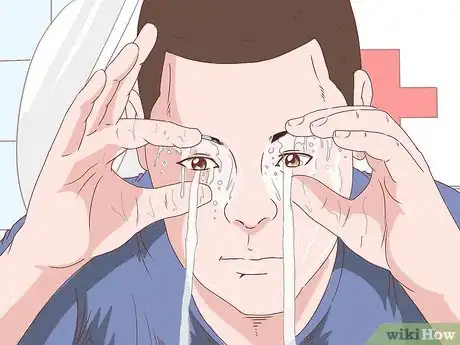
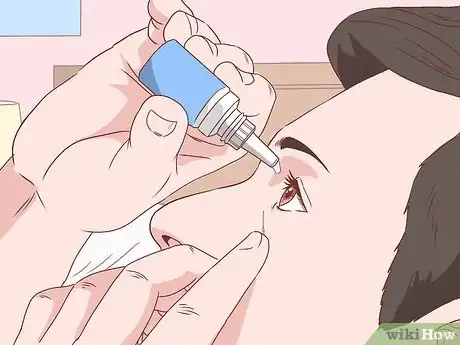
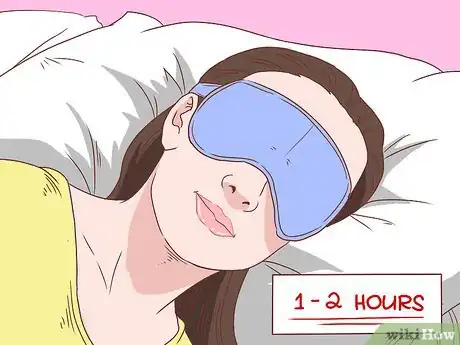
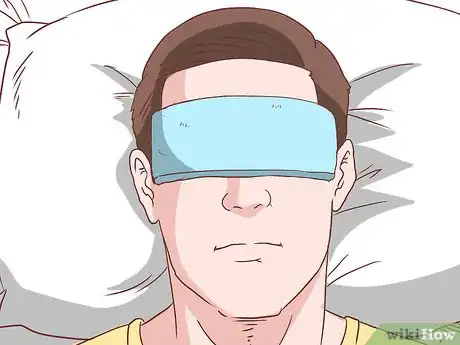
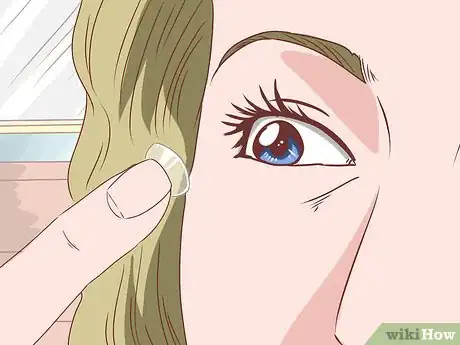
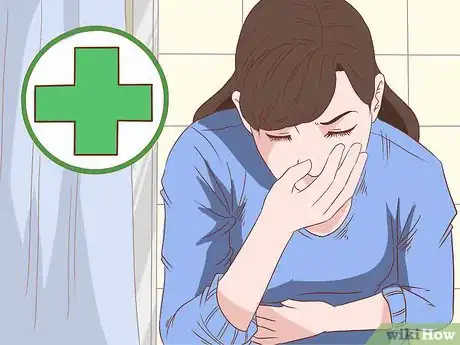
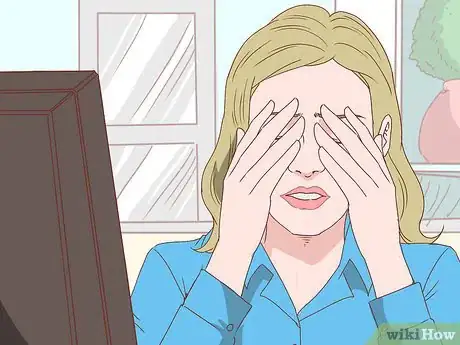
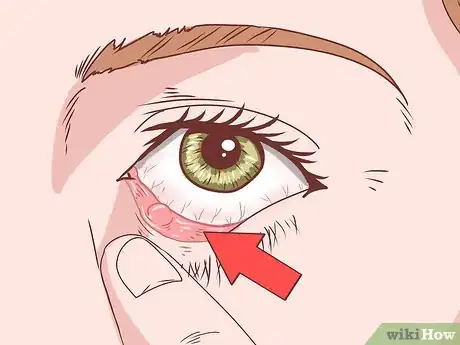

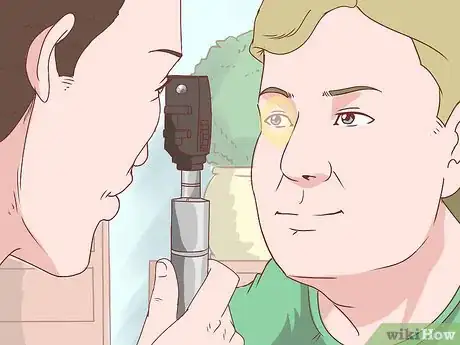
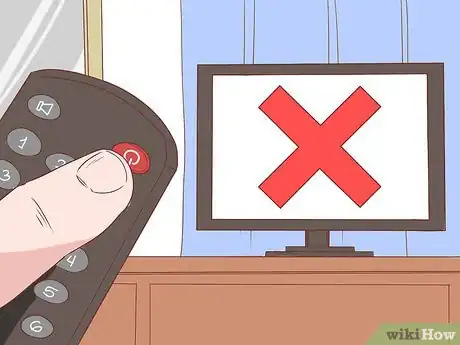
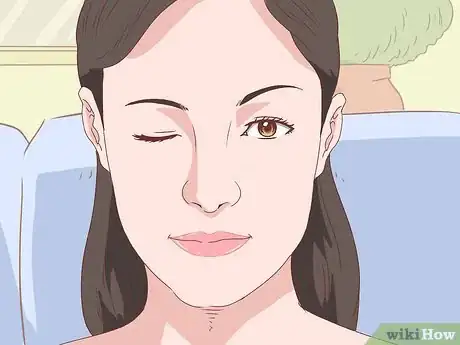
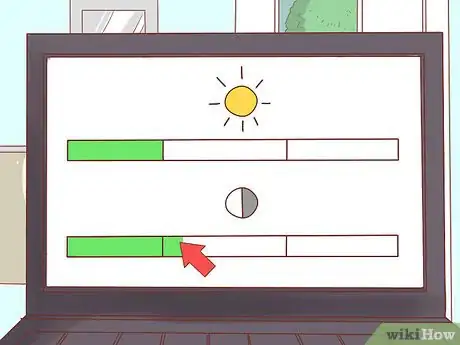
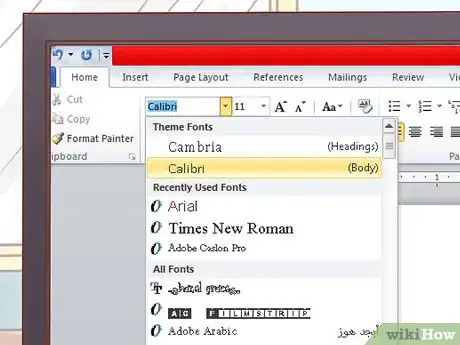
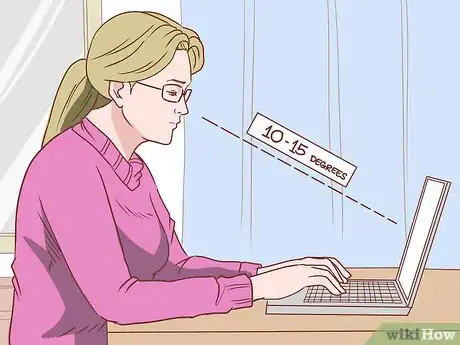
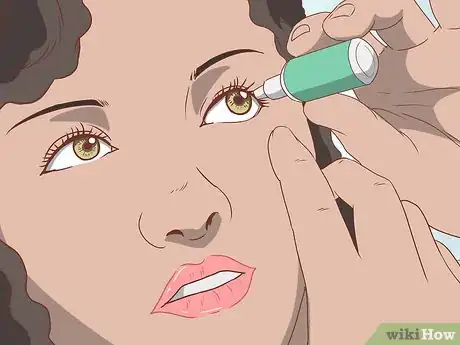
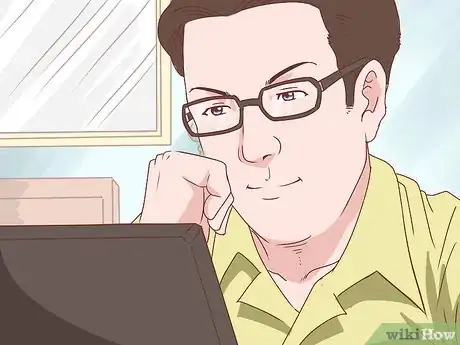
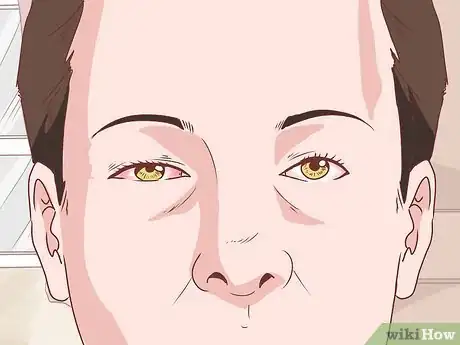
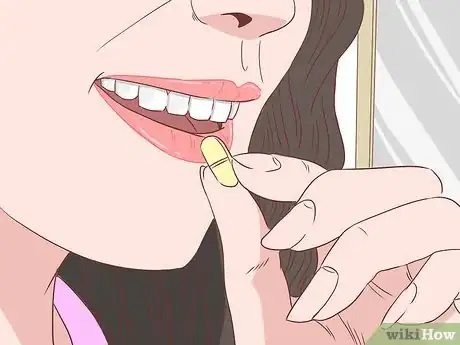
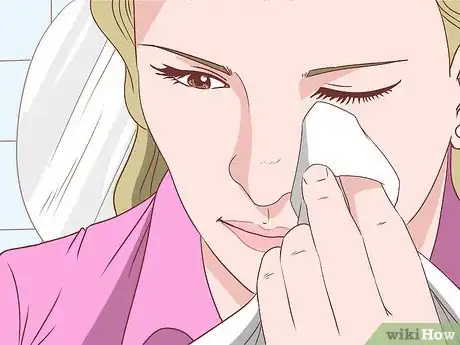
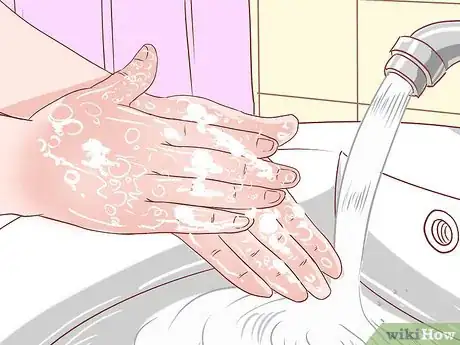
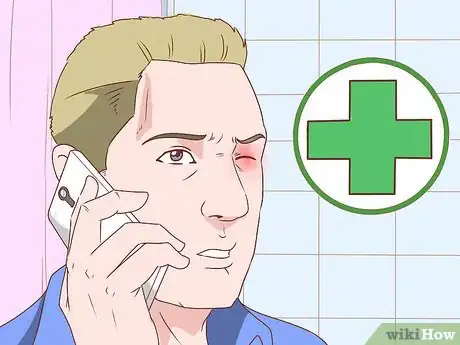

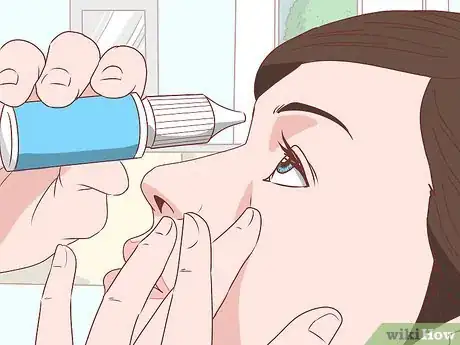
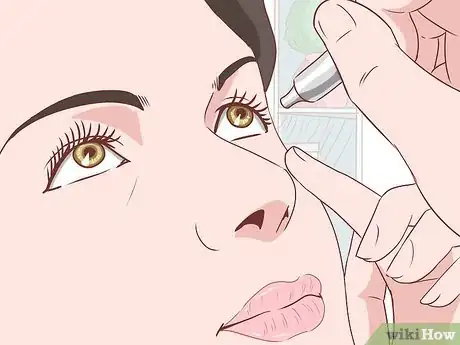
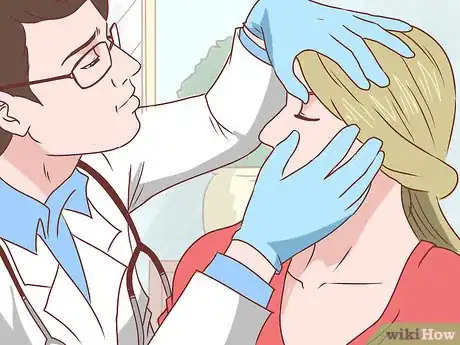
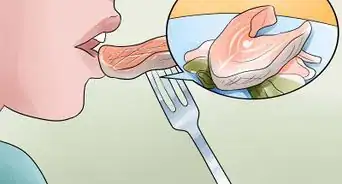
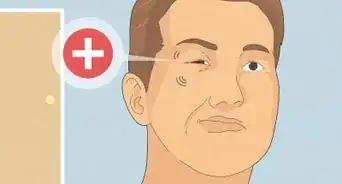
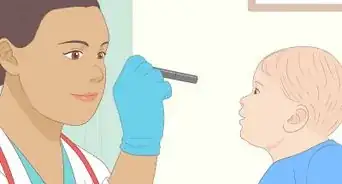
-Step-3-Version-2.webp)
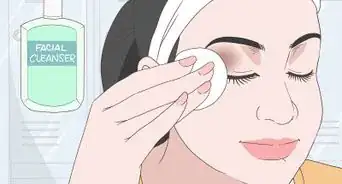
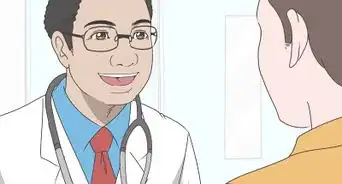
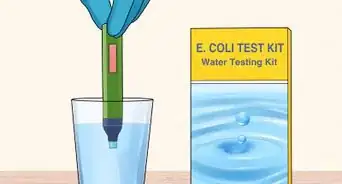
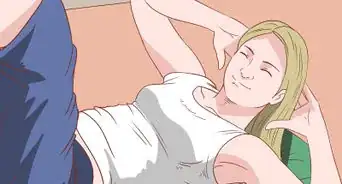
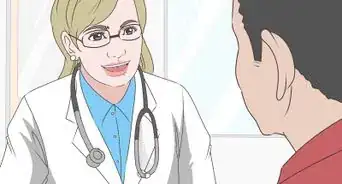
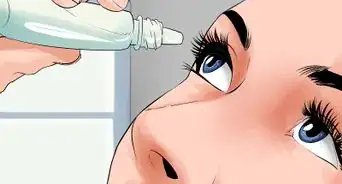
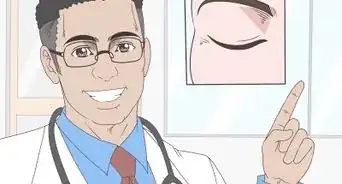












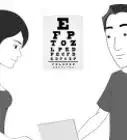

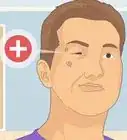



































Medical Disclaimer
The content of this article is not intended to be a substitute for professional medical advice, examination, diagnosis, or treatment. You should always contact your doctor or other qualified healthcare professional before starting, changing, or stopping any kind of health treatment.
Read More...